|
The 2017 bleaching event on the Mesoamerican Barrier Reef had many divers wondering if this was the end for some of the healthiest reefs in the western hemisphere. Water temperatures soared and the corals (the building blocks of the entire reef ecosystem) could not cope. Here on Roatan roughly 80% of our coral colonies bleached out. A five-month project documents their recovery as temperatures finally dropped: What is Coral Bleaching? Coral gets it’s color from tiny plant cells, called zooxanthellae, living within it’s tissues. These plants use the sun’s energy to photosynthesize food for the coral colony. Corals get about 80% of their energy needs from this symbiotic relationship. The optimal range for coral to grow is from 73-84 degrees F. When ocean temperatures get higher than this for a long period of time, the zooxanthellae are expelled and the coral goes into "protection mode". The white skeleton underlying the colony is now visible through the tissues. We had seen some bleaching in previous summers, mostly confined to the deeper plate corals that are more vulnerable to temperature changes, but they always bounced back as soon as the water cooled down a little, so we weren't overly concerned. But the summer of 2017 just got hotter and hotter and eventually the water temperature got up to 86 F, even at depth. Then one week in September the unthinkable happened and it seems like the entire reef just bleached out overnight. It was heart-rending to see acre after acre of healthy coral succumbing to the high temperatures and turning a ghostly white. As Gary Carlson, owner of West End Divers and my dive buddy for most of this project, puts it: “ It was like the reef had a couple of inches of snow over it.” The Project: With the help of West End Divers, who were kind enough to supply the fuel and the boat rides, we began regular check-ups on one of our favourite dive sites, called Seaquest. Located near the western tip of Roatan, this site is known for it’s abundant marine life and healthy coral. But by October it was almost completely bleached out, with hardly any colonies spared. We began to visit the same coral heads to see what changes were happening and eventually developed a grim "scenic route" over 20 dives spread out over five months. I tried to shoot the corals from the same angle and with the same settings each time, in the hopes of documenting whatever was going to happen. Was I going to record the collapse of the reef I have come to love so much after 20 years of diving on it every day? Week after week we saw little change and wondered how long the coral could survive like this. Some research suggests that corals can only survive in a bleached state for a few weeks, and now the months were flying by. I got to know each of over a dozen coral heads intimately well and even saw the same fishes around them on every dive, seemingly as confused as I was about the bleaching. Finally, as water temperatures got below 80 F, color started to come back into the reef and I was elated to see that most of my coral heads were going to make it. The corals were finally reabsorbing the zooxanthellae back into their tissues and getting some much needed nutrition. We went from the hottest summer I have known here to a record-breaking storm season that caused a lot of damage to the islands further north of us. They say it's an ill wind that blows nobody any good, and in our case the storms caused a sudden drop in water temperature, perhaps just in the nick of time. Faster growing coral species like the Lettuce Corals seemed to adapt better to the cooling waters, and began to recover first. We were suprised that after so quick a bleaching event, it still took a few months for these corals to react, even after the temperature was within their normal tolerances. Brain Corals are the slowest-growing, with a growth rate of only around 5mm each year, and they seemed to take the longest to recover. After 5 months many had not yet recovered completely. It was interesting to see how the Brain Corals reapsorbed their zooxanthellae, often beginning from the bottom of the colony and slowly inching upwards. This seemed to happen in two bursts, first with light brown zooxanthellae that covered the entire colony, and then around December (at 80 F) with a second, much darker band coming up from the bottom. The news is not all good, however. About 10% of the affected corals never made a full recovery and many died out completely. While in their bleached state, corals are weakened and are more prone to a variety of bacterial diseases that attack the tissues of coral polyps, killing them. Compare the progess of the following two colonies of Boulder Star Coral (Orbicella franksi). They are roughly the same size and in the same area and depth. The second had contracted a bacterial infection in it's weakened state, possibly the common Yellow Band Disease (Vibrio sp.) that is known to attack Star Corals. In general, I think we got lucky here on Roatan and most of the reef was saved. We are all very nervous about the upcoming 2018 summer months. With temperatures on the rise I sadly predict this will not be last major bleaching event we witness in this decade. (Visit NOAA's Climate.gov for more info or visit the EPA's Climate Change Indicators: Sea Surface Temperature.)
The reef is resilient; it has mechanisms to adapt to changing conditions. Coral bleaching is a defence mechanism that has evolved over millennia, but as ocean temperatures continue to rise each year we have to wonder just how long the coral reefs of the world can hold out. I typically end my blogs with the word "Enjoy!" but perhaps it's more fitting to say here "Enjoy it while you can." and urge people to think about how we can protect our reefs and our oceans in general. It's not just a theory any more, the oceans are warming at an alarming rate and the effects are visible to us all. Holding thumbs, Mickey
0 Comments
|
AuthorMickey Charteris is an author/photographer living on Roatan. His book Caribbean Reef Life first came out in 2012 and is currrently into it's sixth printing as an expanded fourth edition. Archives
August 2019
Categories
All
|
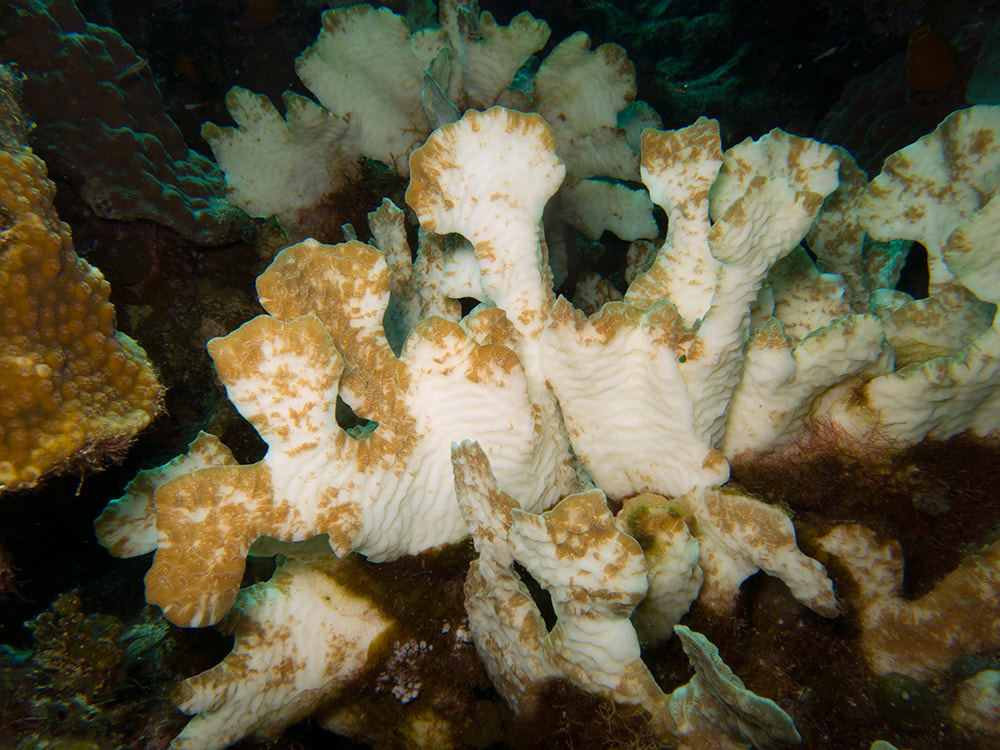
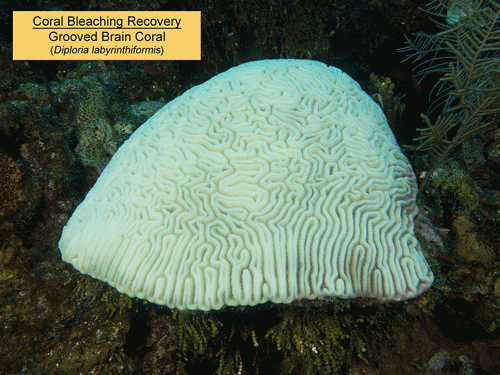
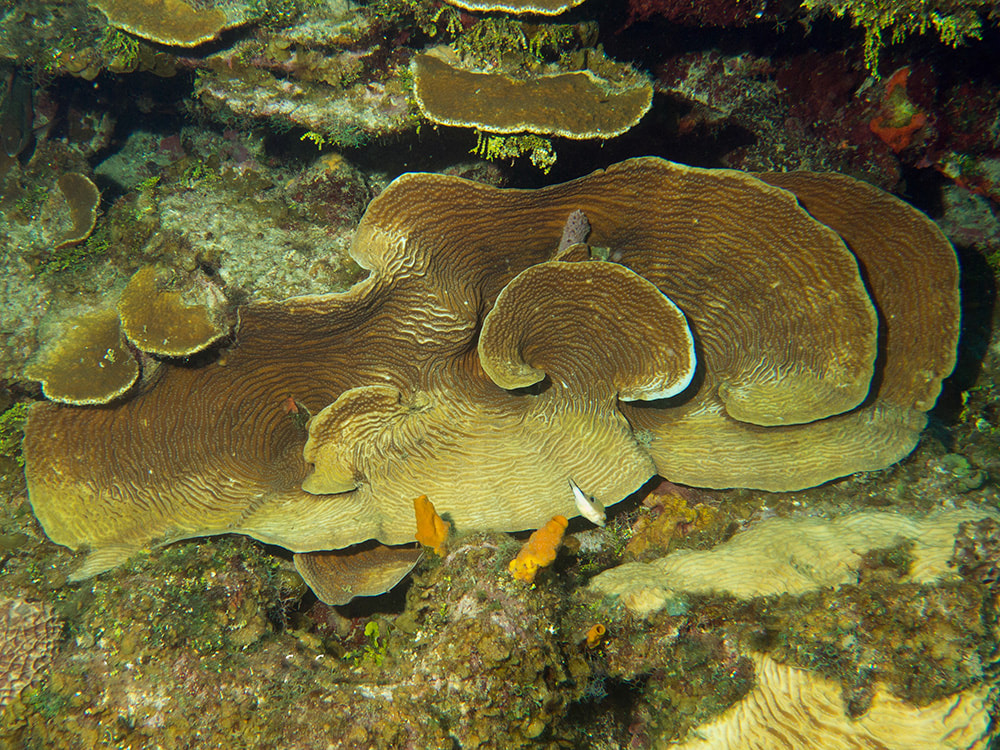
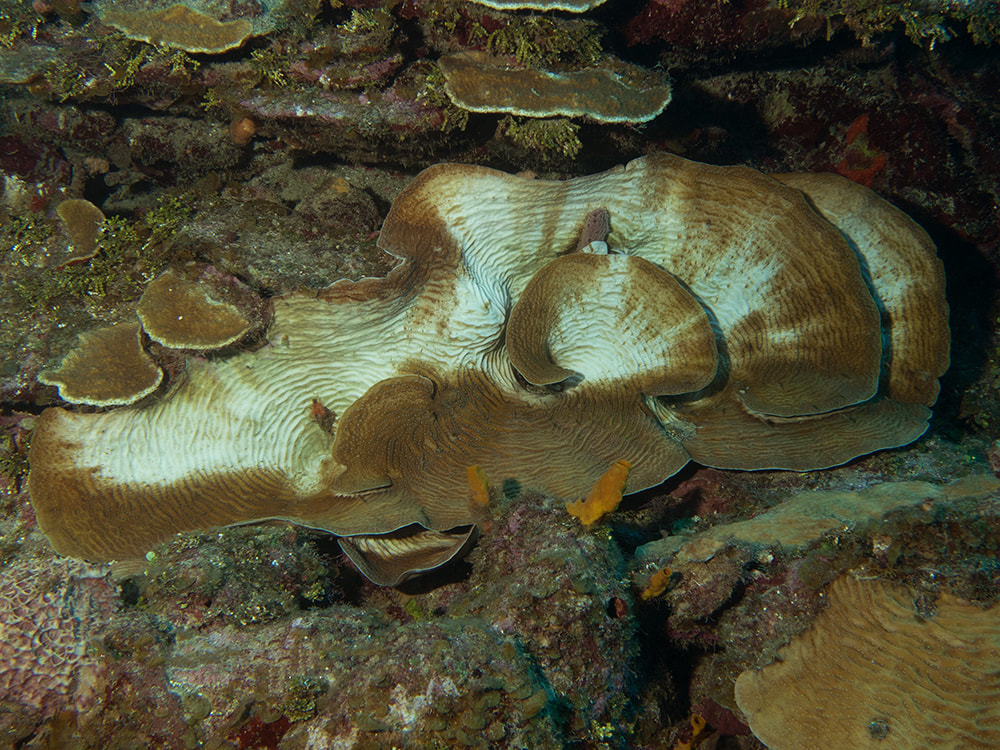
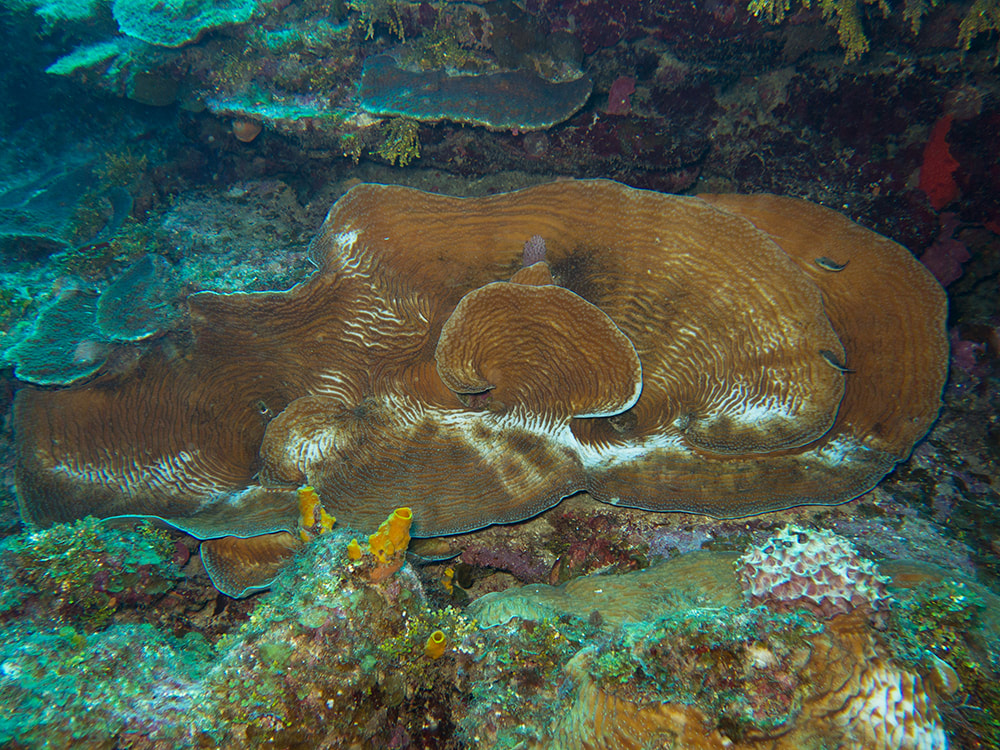
 RSS Feed
RSS Feed